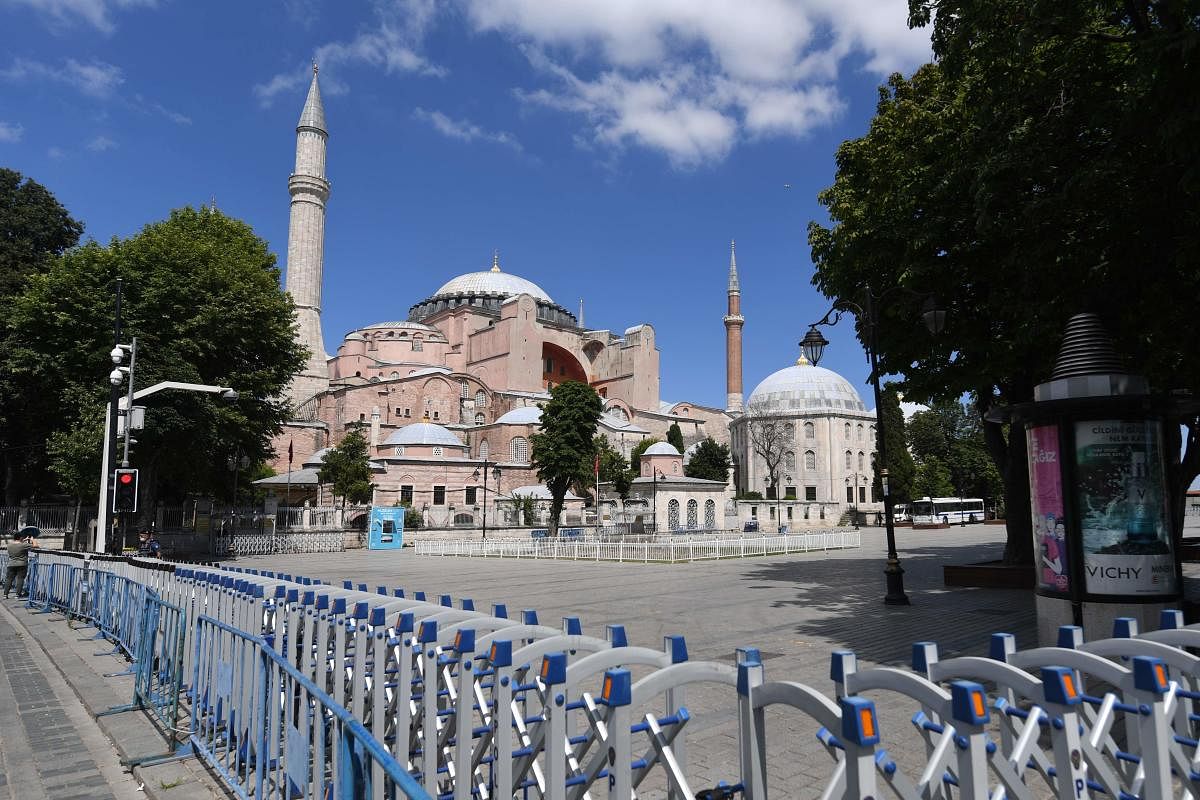
The Turkish government’s decision to reconvert the iconic Hagia Sophia in Istanbul from a museum to a mosque has dealt the latest blow to the country’s secular values. Originally a cathedral, the monument was built by the Byzantine Empire in the sixth century. When the Ottoman forces captured Constantinople in 1453, the cathedral was turned into a mosque. Then, in 1934, Mustafa Kemal Ataturk, the founder of modern Turkey, turned it into a museum as part of his quest to modernise and secularise the country. In the decades since, the Hagia Sophia has emerged among the world’s most iconic monuments, a museum which housed within and on its walls centuries of history, diverse architectural styles and varied cultures. While Christian icons adorn its domes, its walls are suffused with Islamic calligraphy. It is not just its architectural beauty that makes the Hagia Sophia a valuable heritage. Even more outstanding is the fact that the UNESCO World Heritage Site had emerged as a symbol of Christian-Muslim co-existence and of Ataturk’s secular Turkey.
The decision to make the Hagia Sophia a mosque was made by the judiciary. But it was what Turkey’s President Recep Tayyip Erdogan wanted. Since coming to power in 2002, Erdogan and his Justice and Development Party (AKP) have been systematically dismantling the Kemalist legacy. He has been chipping away at the country’s secularism. Power has been centralised in the executive presidency and individual freedoms have been curtailed. Erdogan has pushed his country down the road of religious conservatism to shore up public support for his authoritarian rule. He has been promising to return Turkey to the glorious days of Ottoman rule. What better way to do this than by converting the Hagia Sophia into a mosque as it was under the Ottomans?
By reopening the Hagia Sophia to Muslims for prayer, Erdogan may be able to deflect attention away from his mismanagement of the Covid-19 pandemic and the country’s economic problems. Once, Turkey aspired to be part of the European Union. Now, Erdogan appears to be positioning himself and his country as the leader in the Muslim world it once was. This could enthuse Islamist hardliners at home and abroad. But it will come at a cost. It will deepen polarisation at home and worsen ties with several countries, especially in Europe. For centuries, the Hagia Sophia was a symbol of conflict between Christians and Muslims. Ataturk changed that by making it a modern temple of Turkey’s composite culture. Now, Erdogan has made the monument an emblem of conflict again. He has re-opened old wounds and revived centuries-old conflicts.